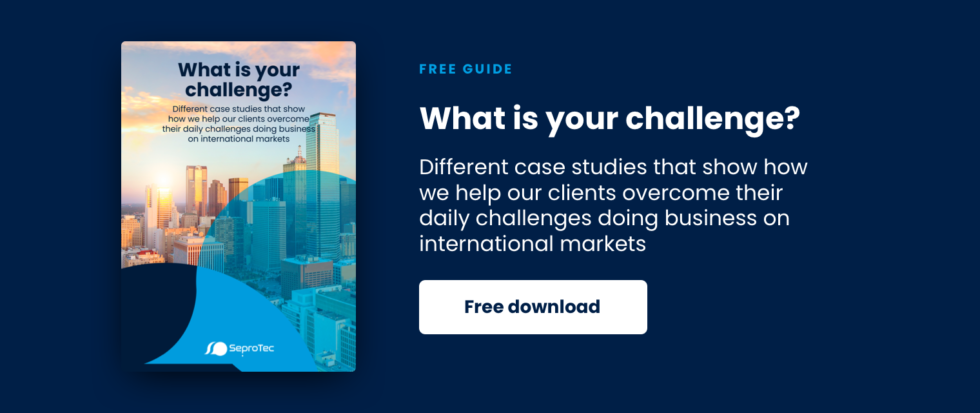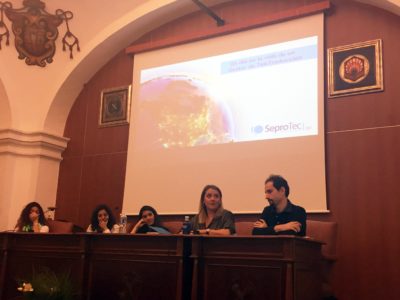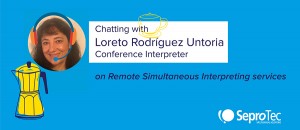
Interpreting by telephone, in person or via video conference. Which method is best?
Interpreting in the medical environment is possible both face-to-face and remotely, by telephone or via video conference, as is the case in other fields of professional interpreting. However, during the COVID-19 pandemic medical care protocols changed, with remote care taking priority. It is therefore not illogical to think, as many people do, that the same is true of medical interpreting… However, this is surprisingly not so, except on certain occasions.

What is meant by medical interpreting and translation?
The fact is that the choice of method, namely in person, by telephone or via video conference, depends on a variety of factors. But first, we shall briefly explain the difference between medical translation and interpreting.
Medical interpreting is oral and face-to-face, and it is used when foreign patients have to attend an appointment, go to the ER or ask for an appointment, for example. On the other hand, medical translation is written, as in health records, drug package leaflets, analysis results, etc.
In order to ensure that a medical translation or interpretation is both safe and effective, it must be done by a qualified professional translator or interpreter with medical knowledge. And this knowledge should preferably be demonstrable, either by way of a specific degree or medical, pharmaceutical or similar scientific studies.
What form of interpreting, that is by telephone, in person or via video conference, is best for doctors and patients?
The truth is that we cannot say that any one method is better than the other, only that, depending on the situation, one or other method may be more effective. Remember that in medicine rigor is vitally important, and that is why it is sometimes necessary to have full access to the information or to hear what patients have to say face-to-face. Besides, patients find themselves in a delicate situation: they are ill in a country whose language they are not familiar with. Being with someone who understands them and speaks their language calms them down, the more so if the interpreter is physically present, even if there is no emotional connection.
And this will make foreign patients more communicative and encourage them to provide the doctor with more details about their symptoms and medical conditions, thereby making his or her work easier. Let us now take a look at which method is the most suitable according to different situations.
• People with hearing and/or speaking difficulties. This case rules out telephone interpreting, making the face-to-face or video conference methods the only options.
• When the consultation is related to visual aspects. For example, anatomical problems, eye tests, etc. In these cases every effort must be made to ensure the physical presence of an interpreter.
• Elderly people. The elderly usually prefers the in-person method. However, remote appointments continue to be recommended as long as social distancing measures remain in place.
• People with mental health problems or post-traumatic symptoms. We would recommend a face-to-face interpreter. This will help prevent any unease that patients may feel and make it easier for them to express themselves.
• Document-based examinations or managing appointments. If the sole reason for the process is the gathering together and translation of documents, such as the results of an analysis or a medical certificate, we would recommend the telephone method or email.
At Seprotec we provide professional medical interpreting services in person, by video conference or by telephone and employ specialists in health care translation to and from several languages. To make sure that language is not a problem when health is what matters most!




